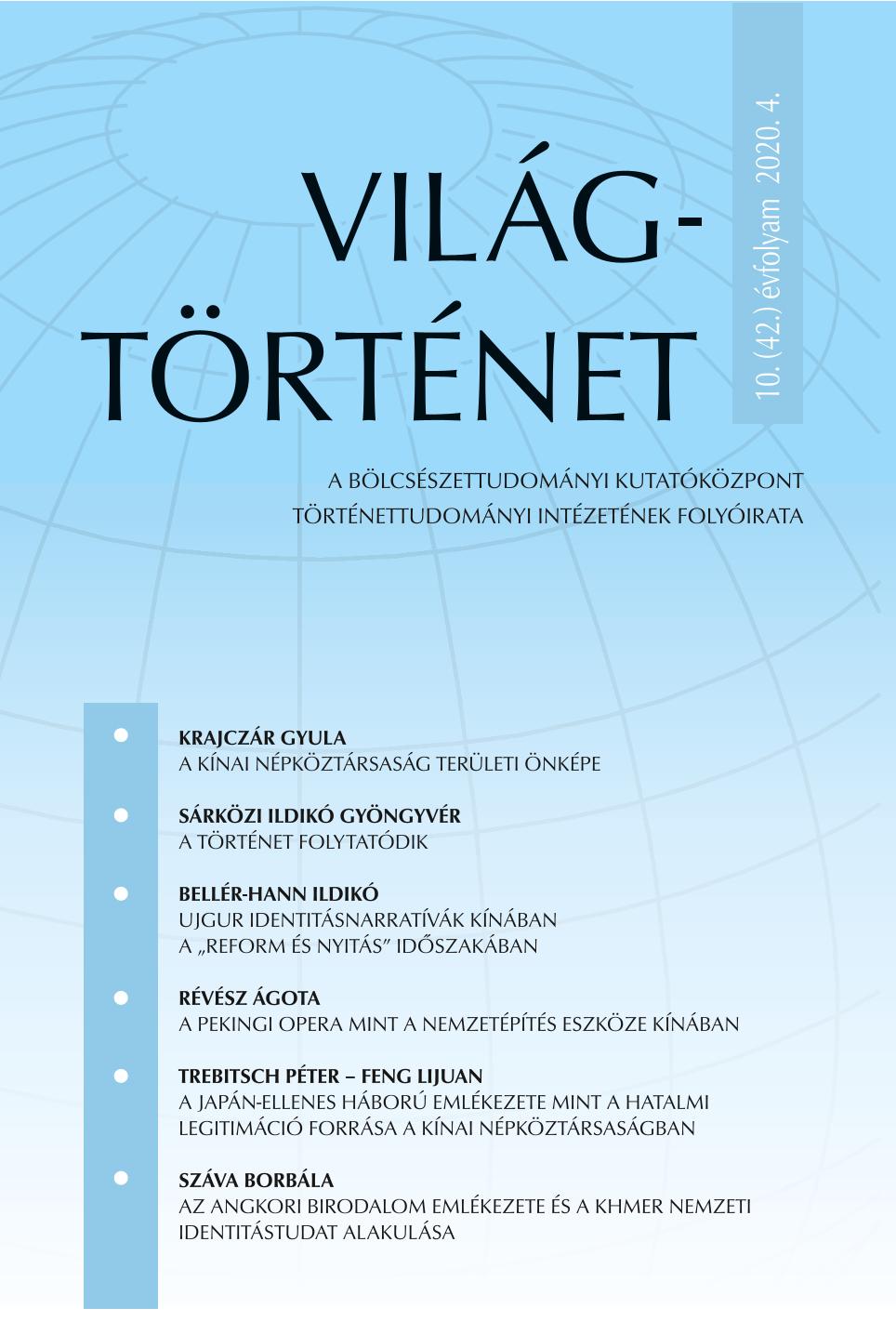Az Angkori Birodalom emlékezete és a khmer nemzeti identitástudat alakulása
The Memory of the Angkorian Empire and the Creation of Khmer National Identity
Author(s): Borbála SzávaSubject(s): Cultural history, History of ideas
Published by: Magyar Tudományos Akadémia Bölcsészettudományi Kutatóközpont Történettudományi Intézet
Summary/Abstract: The definition of the concepts of nation, nationality, and of the nature and function of nationalism as a defining element of state ideology-building in Cambodia is a recurring subject in scientific debates. Khmer national identity relies strongly on respect and pride in the glory of the former Angkorian Empire and the ‘greatness’ of the Angkor Wat building complex that symbolizes it. It is a clearly emotional commitment that is very consistent despite its changes in meaning. It seems that since the French colonization in the middle of the 19th century, every political force has sought to use the image of Angkor Wat and the idealized Great Khmer Empire drawn around it to legitimize its own power and aspirations. Angkor Wat, which shape is uniquely appearing on the country’s national flag, became the symbol of independent Cambodia and of its pride – at least at first glance. However, in reality, Angkor is not a symbol of the nation, but rather of power, which derives from its historical role, moreover from its original function. The study summarizes how the concept of Khmer national culture and its content was designated during the French colonization, and who were the initiators and actors of this process. It presents the process by which the symbolic role of Angkor Wat developed to which France’s appearance (in competition with England) at European international exhibitions contributed greatly. The exploration of Angkor has given equal recognition to the French scholars as that of the British scholars for their researching of the ancient Egyptian relics. Moreover, to the glory of French diplomacy, a treaty was reached with Siam in 1907 to return the area of the former center of Angkor to Cambodia. Each of the political forces coming to power after the French rule, including the Khmer Rouge, explained and used the history of the Angkor Empire according to their own political goals. Over the past 15 years one of the central problems in Cambodian education has been the designation of historical periods to be taught. Should the history of the genocidal wars of the 20th century be kept in the public eye at all? Or it is more appropriate to strengthen national consciousness of history by referring to memories of an idealized past. In examining the evolving Khmer identity an unavoidable issue is whether a Western-type educational plan or museum program has the same effect in a Cambodian or more broadly Southeast Asian environment. Is it capable of communicating continuity with the not always glorious national past to the society? The study also seeks to answer the extent to which the state ideology, which obviously emphasizes national unity and the changing secondary and higher education curriculum can influence the way of thinking and the relationship with national identity of this young society.
Journal: Világtörténet
- Issue Year: 2020
- Issue No: 4
- Page Range: 635-657
- Page Count: 23
- Language: Hungarian

